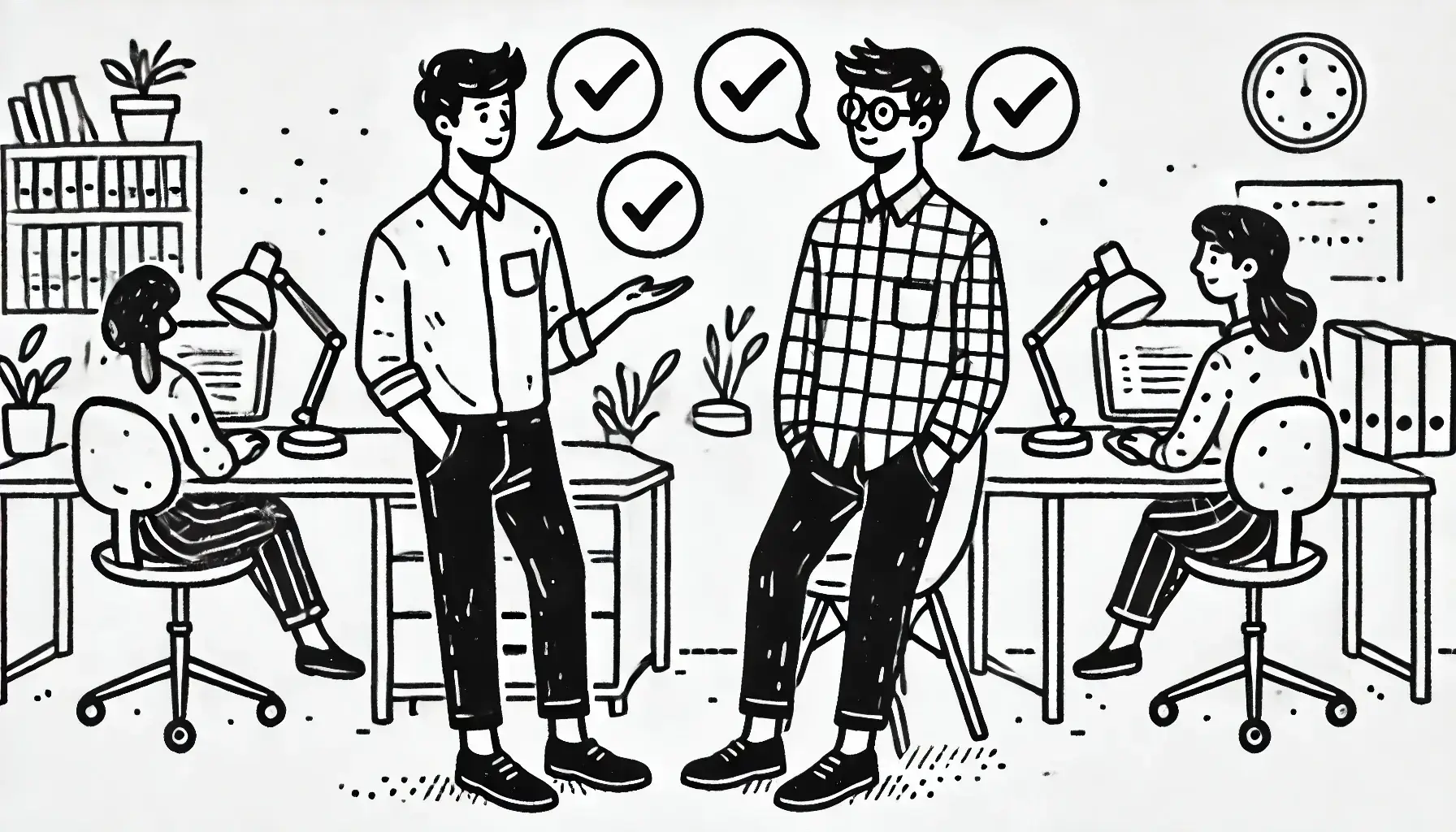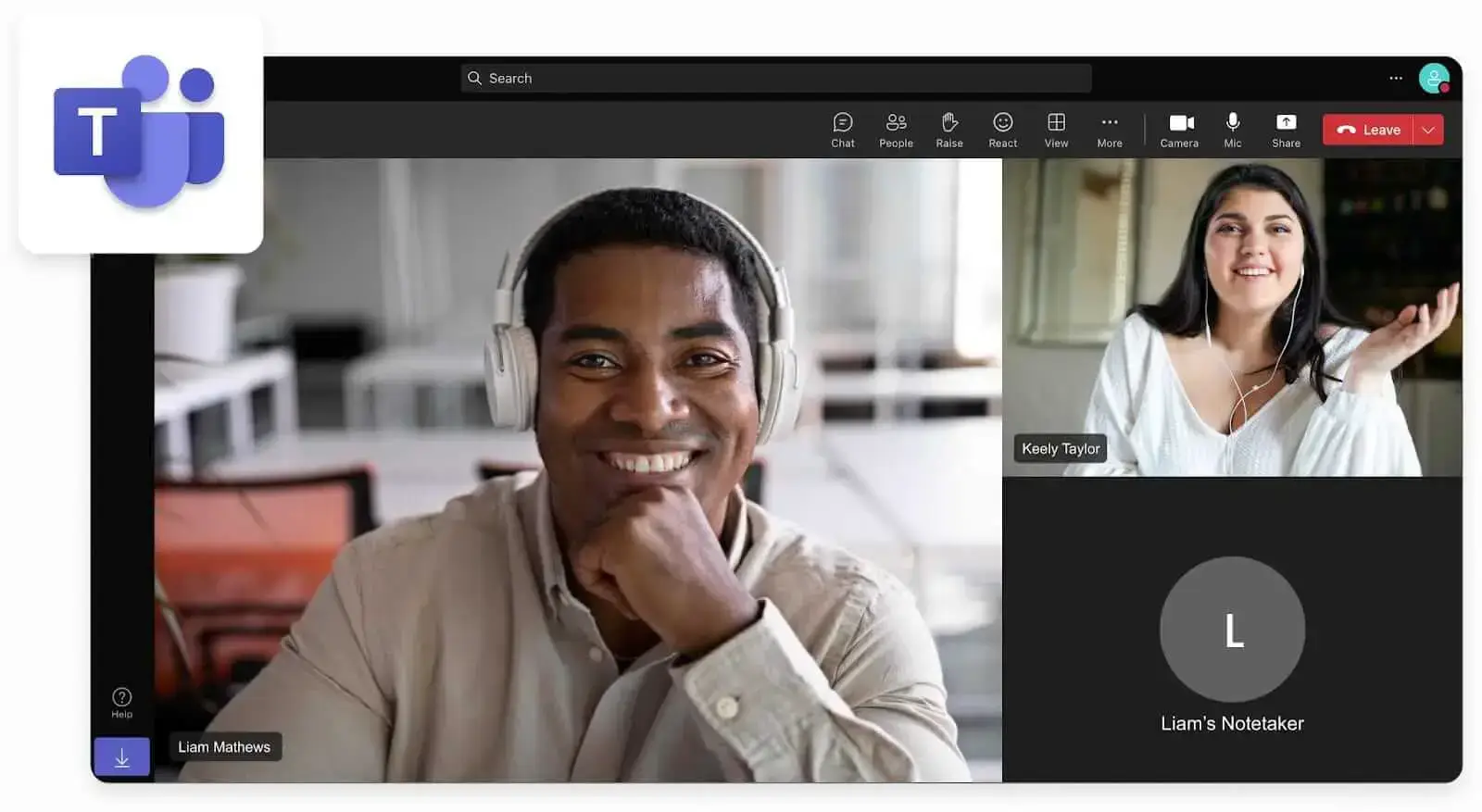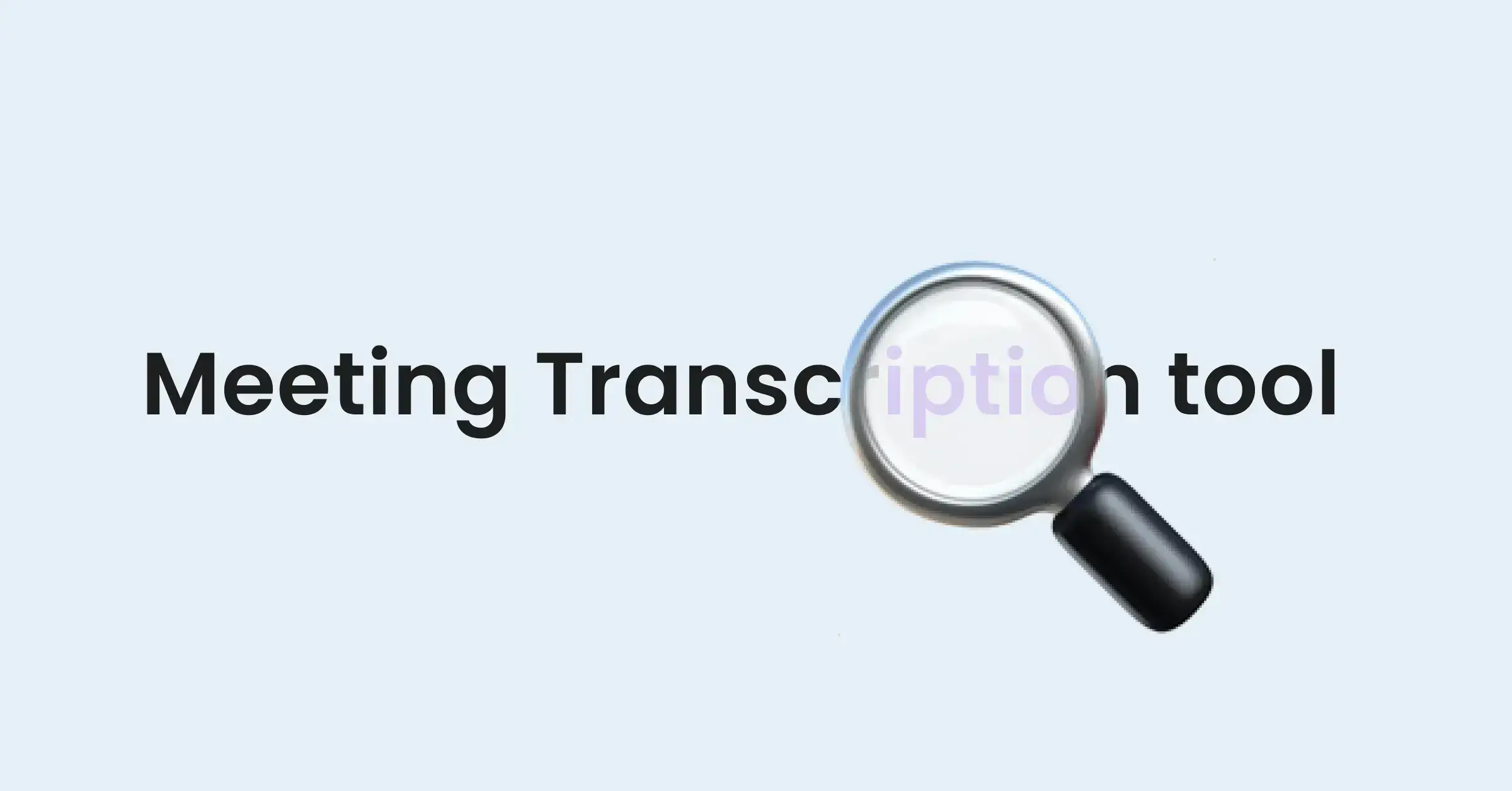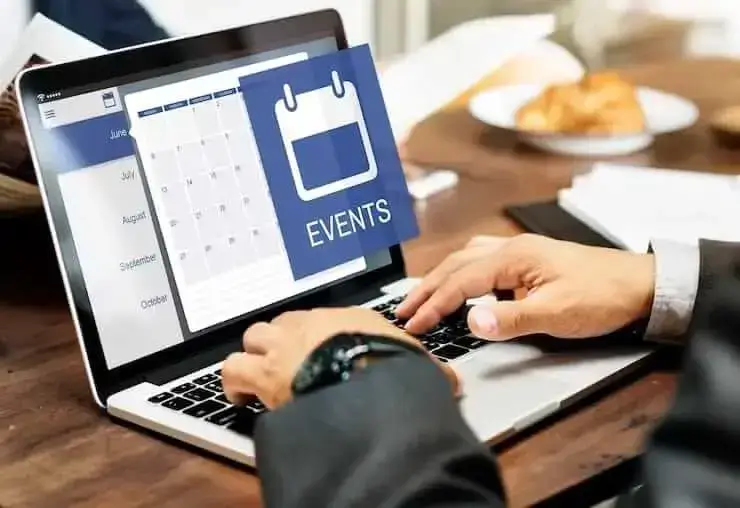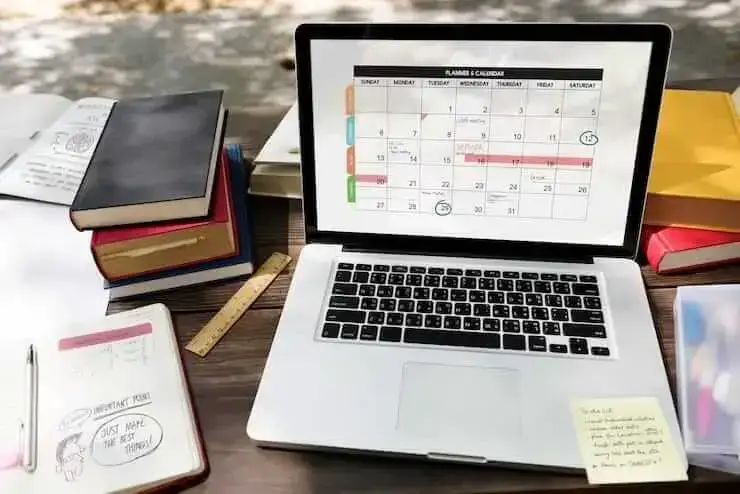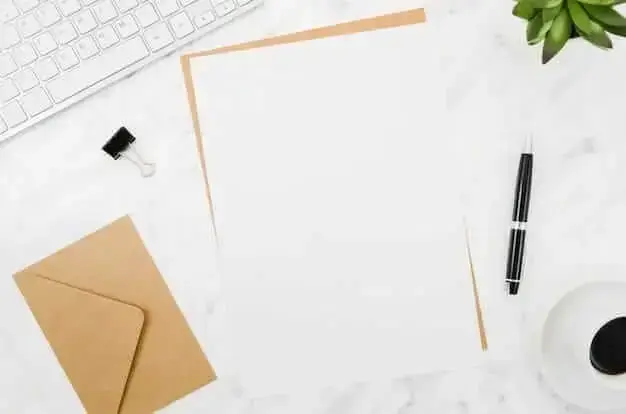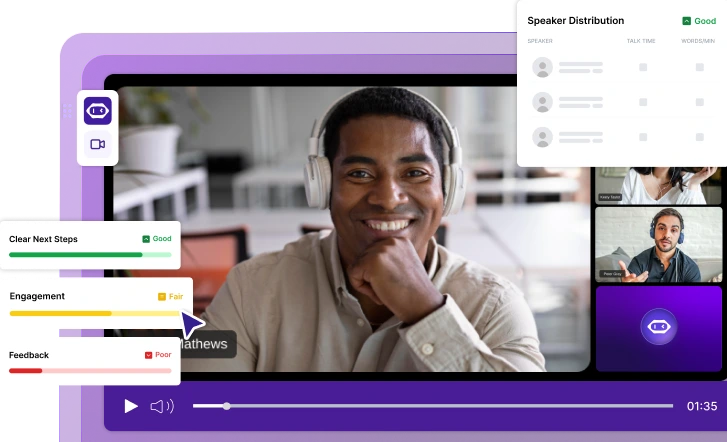6 Tips to Write a Successful Meeting Agenda with Examples
Want to write the ultimate meeting agenda and achieve all-time productivity in your team meetings? Follow these 6 pro tips to learn how and check out our free templates to get started.

✅ Free meeting recording & transcription
💬 Automated sharing of insights to other tools.

Image Source: rawpixel.com on Freepik
Meetings are paramount when it comes to effective team collaboration, but we all know that without planning, it’s only a matter of time until they take an unproductive route.
The most common issues teams run into while participating in meetings are: it’s not clear why you’re there, there is no meeting agenda, it takes forever to reach a conclusion, and you leave feeling exhausted and confused. So instead of achieving maximum productivity in your meetings, the result is quite the opposite.
How do you press the reset button? Here’s how: ultimately, the success of your team meeting comes down to having a well-established meeting agenda in place. Whether your team works in-office, remotely, or hybrid, anyone can learn how to write and use a meeting agenda.
Before we dive into today’s tips, let’s take a look at what a meeting agenda is!
What Is a Team Meeting Agenda?
A team meeting agenda is essentially a list that contains the specifics of a meeting: objectives, topics to be discussed, tasks to be assigned, and any other aspects that need to be addressed.
The agenda's purpose is to inform attendees about what to expect during the meeting and help them prepare for it.
Meeting agendas also help you make better use of your time by structuring the meeting into separate topics and dedicating a certain amount of time to each one of them. This way, you'll keep the meeting on track and have time to discuss the most critical issues.
What's the Importance of an Effective Meeting Agenda
Here’s a quick rundown of the main benefits of using a meeting agenda:
- Ensures everyone’s on the same page
- Empowers the entire team to contribute
- Creates a reliable source of truth for decision-making.
Let’s take a closer look at each of them.
1. Ensures Everyone’s On the Same Page
As a meeting organizer, you understand the significance of meetings, be they regular or impromptu. When you follow a meeting agenda, everyone can be on the same page, and stay focused on the issues at hand.
If a team member needs to leave the meeting early or cannot attend, an agenda will inform them of what will be discussed. It will also make it easier for them to catch up with you later to fill in the blanks. Was anyone running late for the meeting? If this is the case, they now know what they missed, because it was on the agenda.
2. Empowers the Entire Team to Contribute
If there is a clear outline of what will be discussed, your team will feel more empowered to actively contribute. People tend to be a lot more proactive in meetings when they know how to prepare ahead of time.
3. Creates a Reliable Source of Truth for Decision-Making
Can you remember precisely what was talked about in your last meeting? Probably not accurately.
When you have a retrospective meeting agenda to refer to, you have a single source of truth and a clear reference point for all meeting minutes. You can also keep track of the decisions made during discussions and consult the meeting notes at any time.
PRO TIP: If you’re just creating a meeting agenda for the first time, consider recording your meetings. We know it can be challenging to actively participate in meetings and take notes at the same time. With tools like MeetGeek, you can come back to it later, without compromising on the accuracy of your process.

6 Tips to Write a Successful Meeting Agenda Template
We found the best 6 tips to help you write the best meeting agenda for any meeting:
- Establish the meeting type, objective & duration
- Prioritize the most important discussion topics
- Determine a process to address each agenda item
- List participants
- Determine roles and assign responsibility
- Save your meeting agenda template for your next meeting
1. Establish the Meeting Type, Objective & Duration
These are the staples of any successful meeting agenda, so it goes without saying that you need to pay extra attention to correctly assessing each of them.
A. Know What Type of Meeting You’re Having
This way, you’ll be able to customize the meeting agenda according to your needs. A retrospective meeting agenda will look very different from a project updates meeting agenda.
Here are the most common types of meetings you might have with your team:
- All-hands Team Meeting
- Brainstorming Team Meeting
- Daily Standup Meeting
- Leadership Meeting
- One-on-One Meeting
- Project Check-In Meeting
- Project Kickoff Meeting
- Quarterly Strategic Meeting
- Retrospective Meeting
- Sprint Review Meeting
- Staff Meeting
- Weekly Team Meeting
B. Define Your Objectives
Without venturing into specific agenda discussion items, provide a brief overview of what the meeting will cover.
Do you want to launch a new project? Or to give your team an update on an already existing project? Do you need feedback from your coworkers? Do you want to make a group decision?
The more specific you can be about the meeting's objectives, the faster you'll achieve them.
C. Set a Time Limit
Meetings are costly and challenging to organize. One of the most common mistakes is overcrowding your meeting agenda and underestimating the time required to go through everything.
It is critical to set aside time to discuss each meeting topic. If you want the discussions to be meaningful and not overly rushed, try to be realistic. Examine how much time it will take to:
- present the topic
- assess potential solutions
- answer questions
- agree on the next steps.
This approach will not only save time in the long run but will also encourage attendees to stay focused.
2. Prioritize the Most Important Discussion Topics
Simply having a team meeting agenda in place doesn’t guarantee a positive meeting experience. A great meeting agenda does. This means you’ll have to put a lot of thought into the relevance and significance of the agenda topics and items.
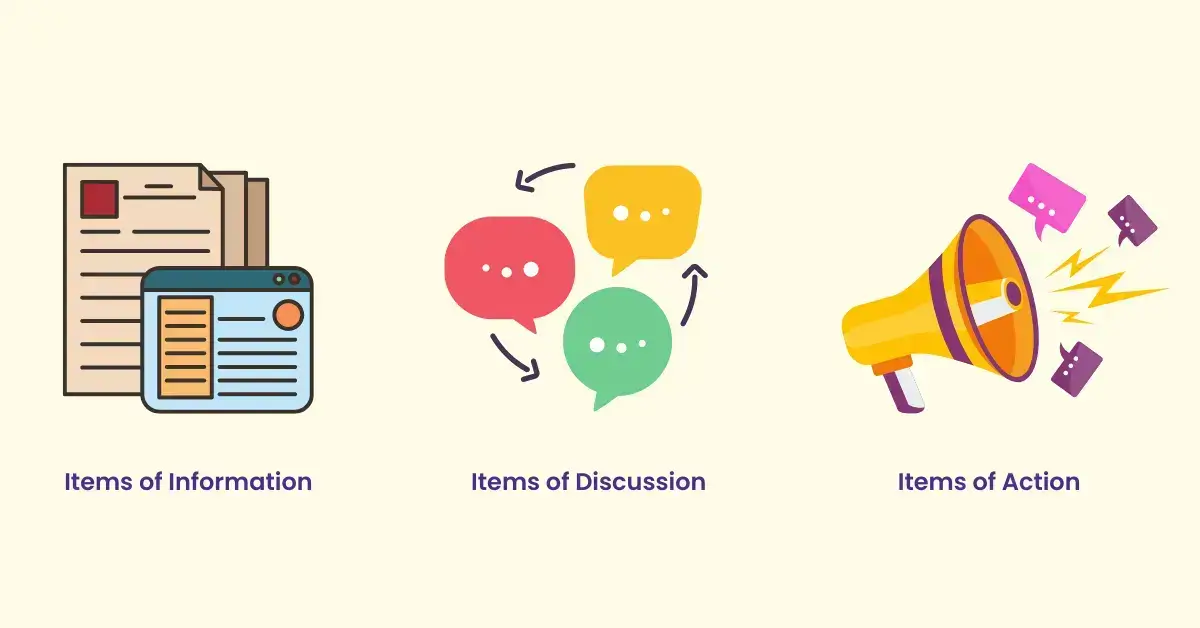
The topics for your team meetings should be determined by the meeting's objectives. But regardless of the type of meeting you’re having, try to include the following items:
A. Items of Information
B. Items of Action
C. Items of Discussion
A. Items of Information
Any information you want to provide your team with fall into this category. This can refer to anything, from setting a few guidelines in place at the beginning of the meeting to updating your team on various matters.
B. Items of Action
These are tasks that need to be completed either during or following the meeting. They are also a great way to clarify expectations.
PRO TIP #1: The first word of each item on the agenda should be an action word or a question that clarifies the desired result and motivates the attendees to be proactive. For instance, instead of saying “Ways to Fix X Issue,” say “Discuss Ways to Fix X Issue” or “What Is the Best Way to Fix X Issue?”
- DECIDE → Decide the best course of action for (X) problem
- DISCUSS → Discuss the implications of (X) course of action
- REVIEW → Review the results of (X) strategy
- SELECT → Select people responsible for strategy overview
- FINISH → Finish (X) project by mm/dd/yyyy
C. Items of Discussion
These are the areas you need feedback from your team.
PRO TIP #2: By establishing clear expectations and stating which category each agenda item belongs to, you can ensure that your team provides the precise input required of them. Avoid ambiguous agenda items and immediately state the goal of addressing each item.
A great way to do that is to include any relevant information, such as the names of the presenters and the duration of each presentation.
PRO TIP #3: The earlier you address an item in a meeting, the more time and consideration it will get. Address the most pressing issues at the beginning of your meeting. If you run out of time, you ensure all important topics are already covered.
3. Determine a Process to Address Each Agenda Item
The best leaders not only think about what needs to be on the meeting agenda, but they also create a procedure that allows the team to put their skills to good use.
The effectiveness of every team meeting can be increased by clearly defining the process of addressing each agenda item. Otherwise, the meeting could easily devolve into chaos and lose its focus.
Once you've established a procedure for handling each item on the agenda, write it down. Describe the procedure and get approval. Some attendees may have ideas to improve the procedure.
Here’s what your process could look like:
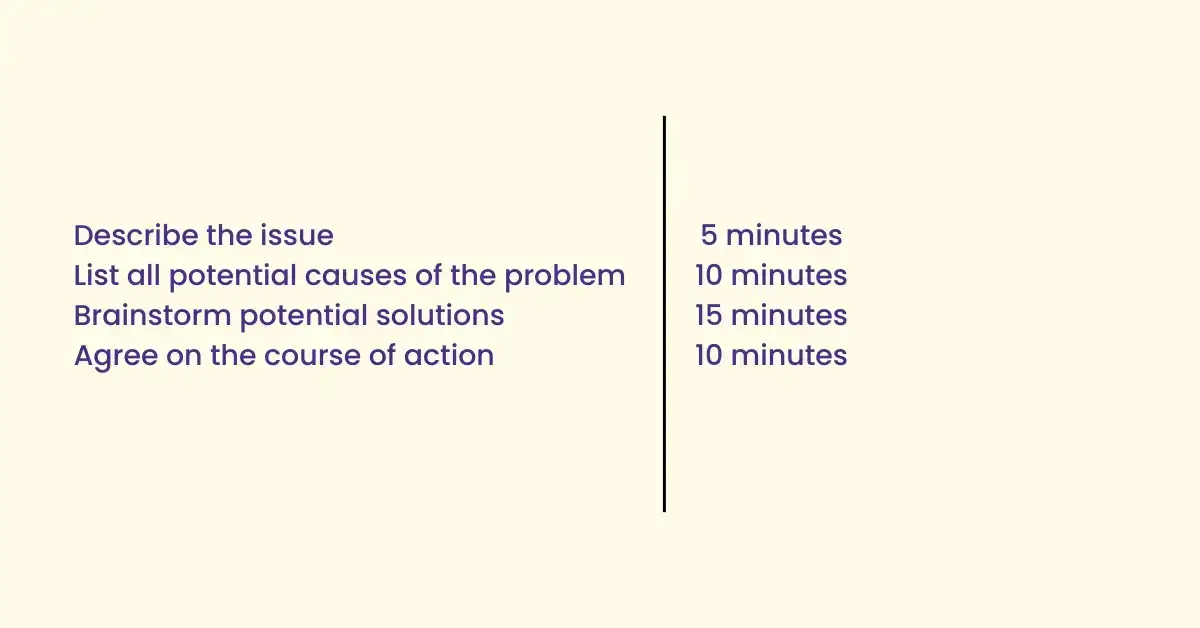
4. List Participants
To put your meeting agenda to good use and achieve maximum productivity within your team meetings, you need to make sure that the right people are seated at the table.
Meetings with fewer attendees result in quicker decisions and more motivated teams. If you invite too many people, the meeting might quickly lose its focus and end up being a waste of everybody’s time.
To avoid this, you must identify the meeting's purpose, as well as the specific agenda items. After that, you can decide which employees should attend and who is able to contribute meaningfully to that particular meeting.
The easiest way to determine that is by listing your topics as questions. Whoever can provide answers to those questions should be on the list.
5. Determine Roles and Assign Responsibility

Make sure to include the person in charge of each topic in your team meeting agenda, so they can prepare ahead of time and provide relevant insights.
If a presentation needs to be delivered, inform the person responsible for the task. If the meeting needs to be recorded, assign that duty as well.
Allowing everybody to prepare for the team meeting accordingly will keep the participants focused and spike their engagement, thus guaranteeing a productive meeting.
6. Save Your Meeting Agenda Template for Your Next Meeting
Once you’ve figured out what type of agenda works best for you, save it as a recurring meeting template. This way, you’ll save yourself the time, effort, and stress of constantly starting from scratch with every new team meeting.
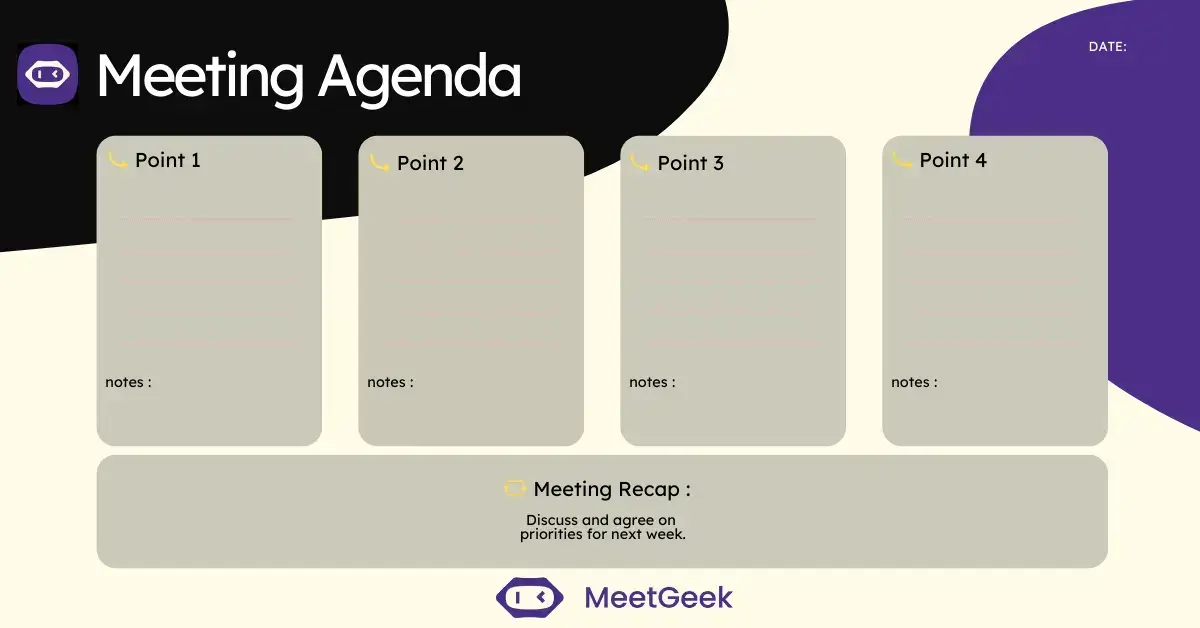
In addition to being more practical, the attendees will become familiar with the meeting template and will know exactly what to anticipate and how to prepare for it.
How to Use Meeting Agendas for Productive Meetings: Best Practices
An effective meeting agenda will help you during all the stages of a meeting, especially if you implement these best practices categories:
- Before team meetings
- During team meetings
- After team meetings.
1. Before Team Meetings
A. Share the Meeting Agenda With the Meeting Participants Beforehand
Share the meeting agenda with the attendees as early as possible. Perhaps include the agenda on the meeting invite, so that it is easily accessible and visible to all meeting participants. This also prompts them to make suggestions for changes.
Ideally, if your meeting agenda includes strategic questions or involves more extensive preparation, you should aim to send it a week prior to the meeting. For most other questions, 3-4 days should work just fine.
B. Prompt Meeting Participants to Add Talking Points
Encourage your teammates to bring their contributions to the meeting agenda by adding their own talking points under each section of your template.
This could be anything, from queries they may have regarding a project or the group to minor roadblocks they may have encountered, suggestions for improvement, or any other new ideas they might have.
Doing so not only enables participation from the entire team but also guarantees the meeting will be as fruitful as possible.
2. During Team Meetings
A. Mark the Talking Points As You Go
To maximize the use of your meeting agenda, keep it open throughout your meeting. As you go through the talking points, cross them off the list. Also, keep track of any questions or comments.
It’s not always easy to keep track of everything that’s going on during a meeting. However, there is a solution. Tools like MeetGeek allow you not only to record your meetings but also to extract the most important key points, questions, and comments using AI. That way, you can always fill in the blanks later.
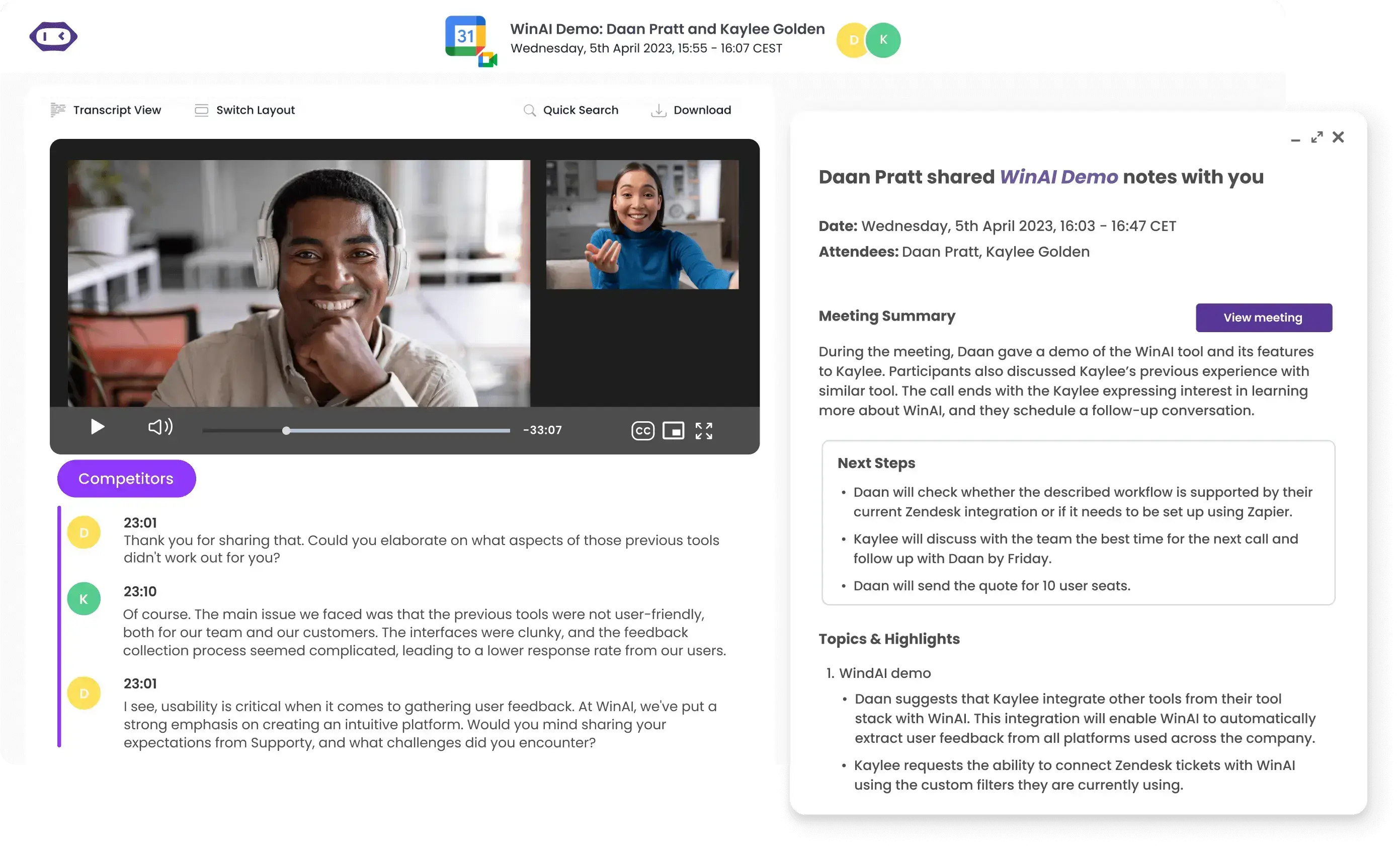
B. Record Action Items with Responsible Participants within the Agenda
Make sure to keep track of all the action items you discussed in the meeting so that you can achieve the targets you set as a team.
This way, if a few months pass, and you are still missing an assignment, you can quickly refer back to the agenda, and identify where the problem is. It's just one more way you can hold your team accountable for their contribution to the task or project.
C. Highlight Key Decisions
The effectiveness of your meetings depends on how good your meeting agendas are. Decision-making will be a lot easier once you have that entire process figured out.
Make sure you won't forget to include the decisions that were made, who made them, and what is required to carry them out as you move forward. If that’s not possible, let MeetGeek handle it for you. Our tool automatically records, transcribes, and highlights the main points of your meetings.
This will not only keep everything in order, but it will also be a good reference point in case you ever need to come back to what was discussed that day.
D. Set Time Aside to Answer Questions
Allow 10-15 minutes for a Q&A session at the end to address any queries or concerns your colleagues might have.
E. Ask Participants for Feedback
Discuss with the participants what they think of the meeting agenda in terms of layout, readability, formatting, etc. Use their feedback to improve your meeting agenda template.
F. Wrapping Up
Make it a priority to summarize the main points of what has been discussed, the action items, and their due dates. Doing so lets every participant know what are the next steps, ensuring everyone knows what is expected of them. Conclude with a strong, upbeat statement of gratitude to the attendees.
3. After Team Meetings
A. Share the Meeting Notes
Just because some people cannot attend a team meeting doesn’t mean they have to be kept in the dark. To let everyone know what happened during the meeting, send them the completed meeting agenda. This way, everybody will be kept in the loop.
With MeetGeek, you can now share your notes faster and with less effort! Your virtual AI meeting assistant will automatically record, transcribe, summarize, and provide key points from every meeting.
Team Meeting Agenda Examples
Now that you know what all the best meeting agendas have in common, it’s time to get to work and create the best meeting agenda template for you. Since we know how intimidating that entire process may seem at first, we’re coming to the rescue.
Download the templates that we use at MeetGeek, which you can get inspiration from for your most important meetings.
.avif)





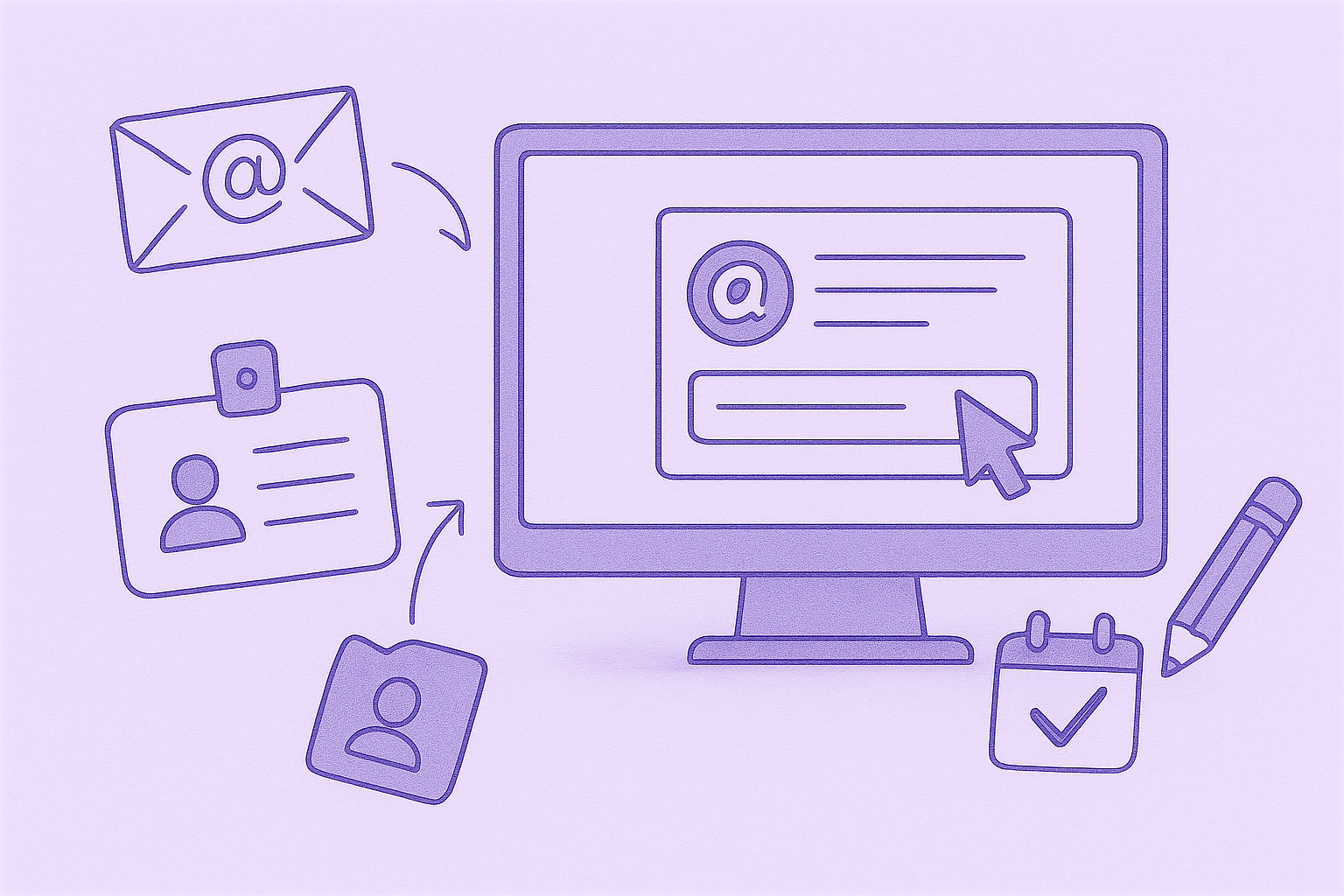
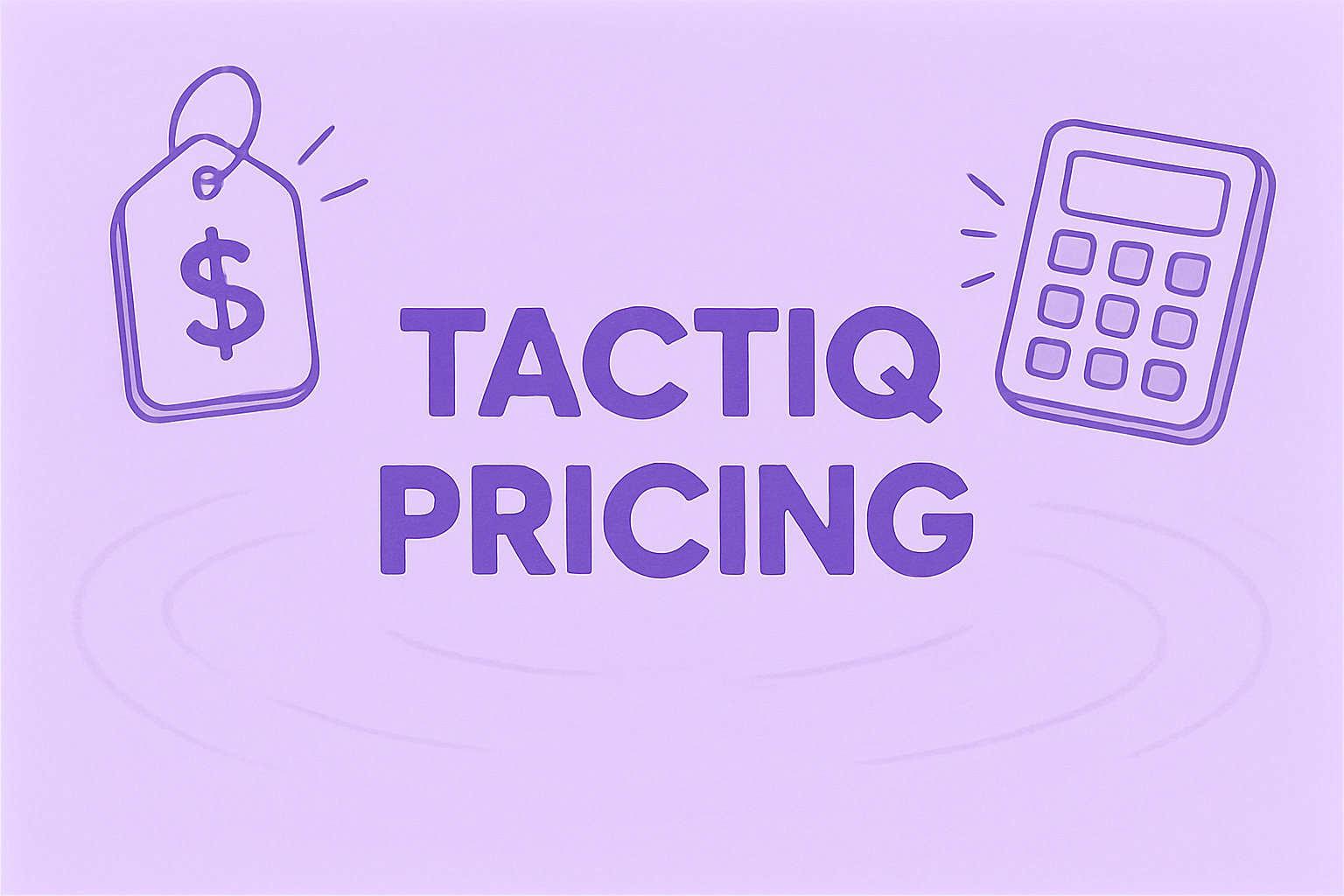


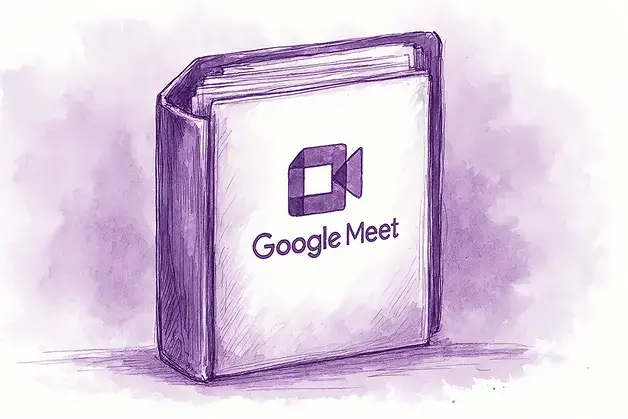


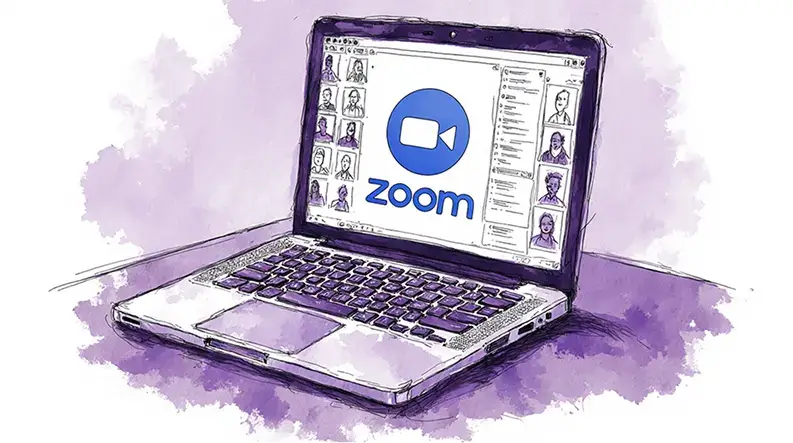






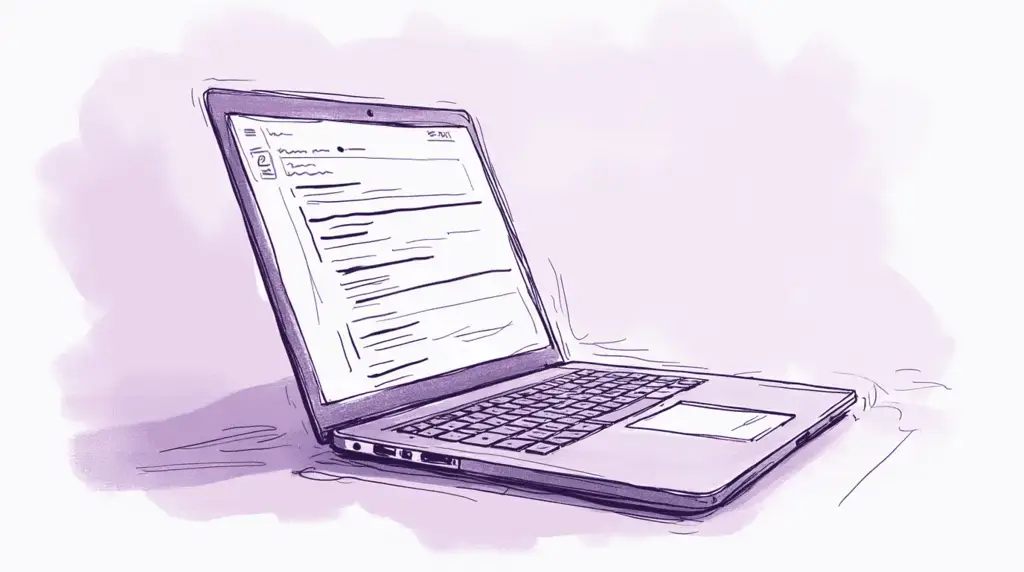
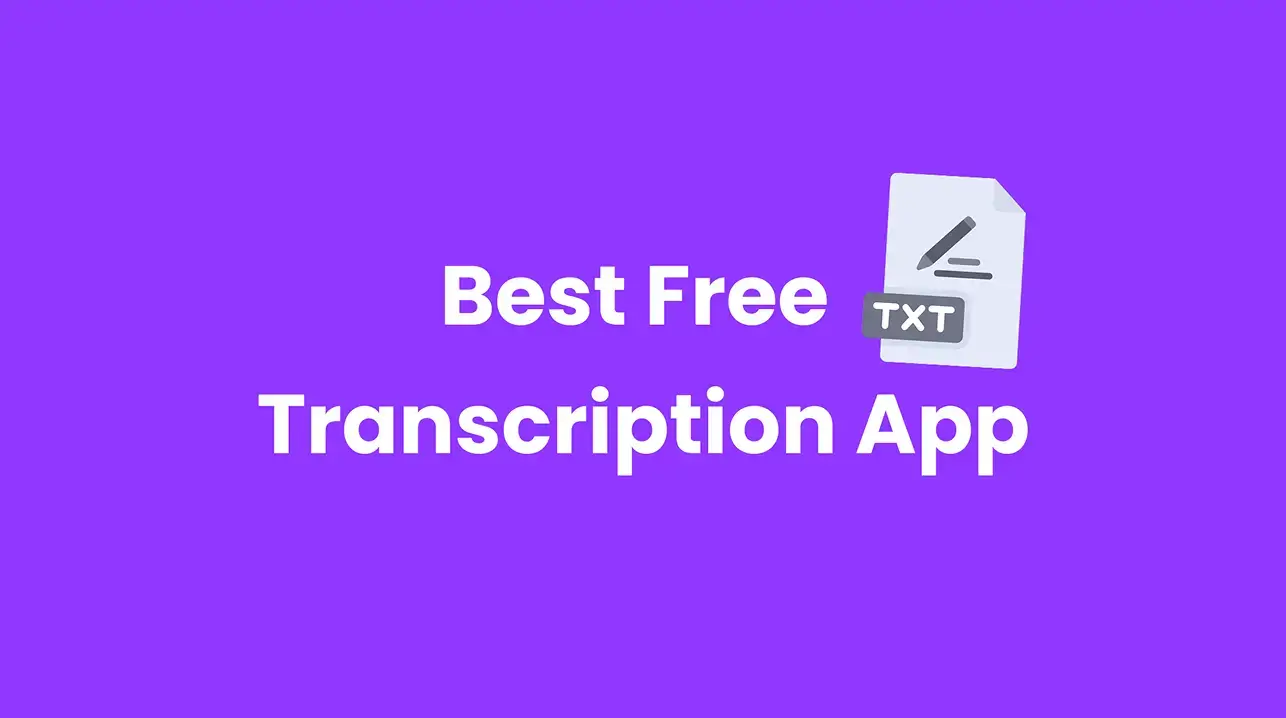



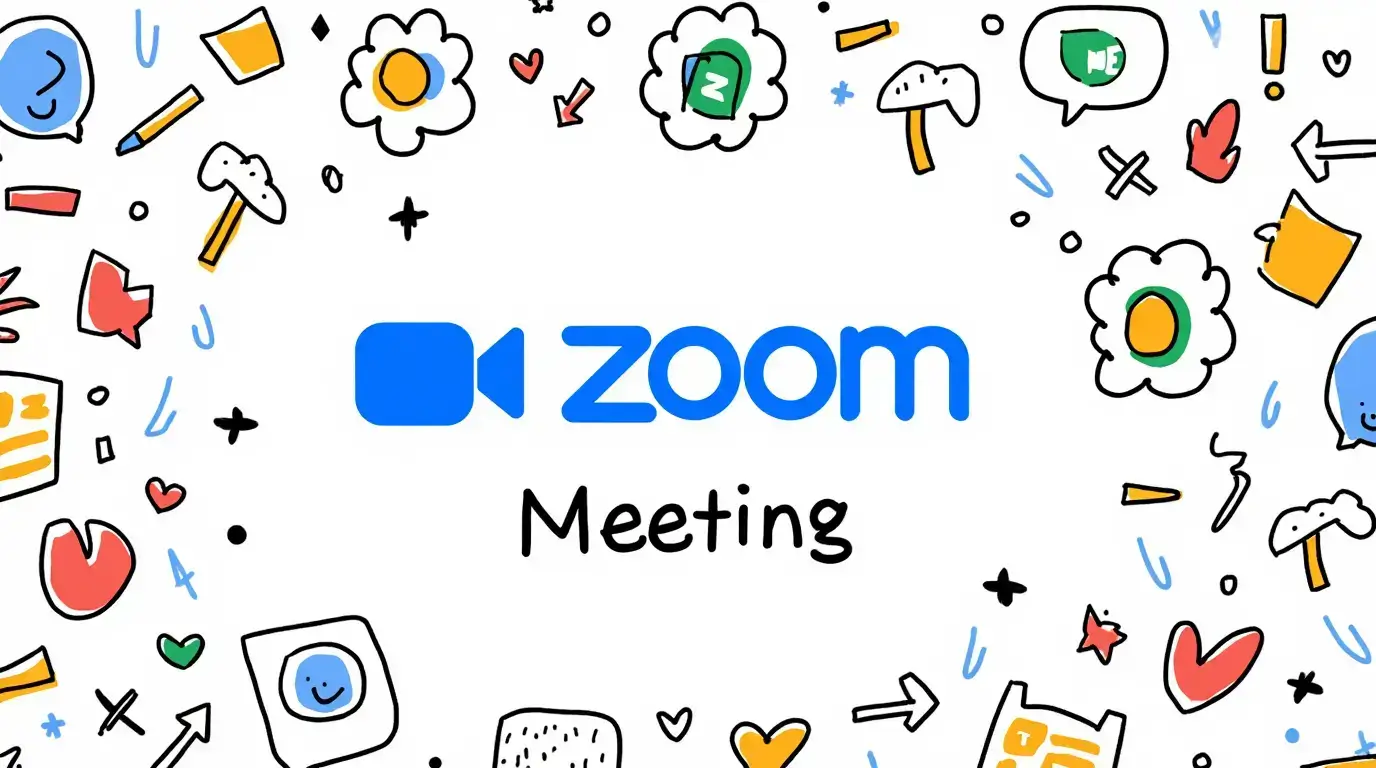



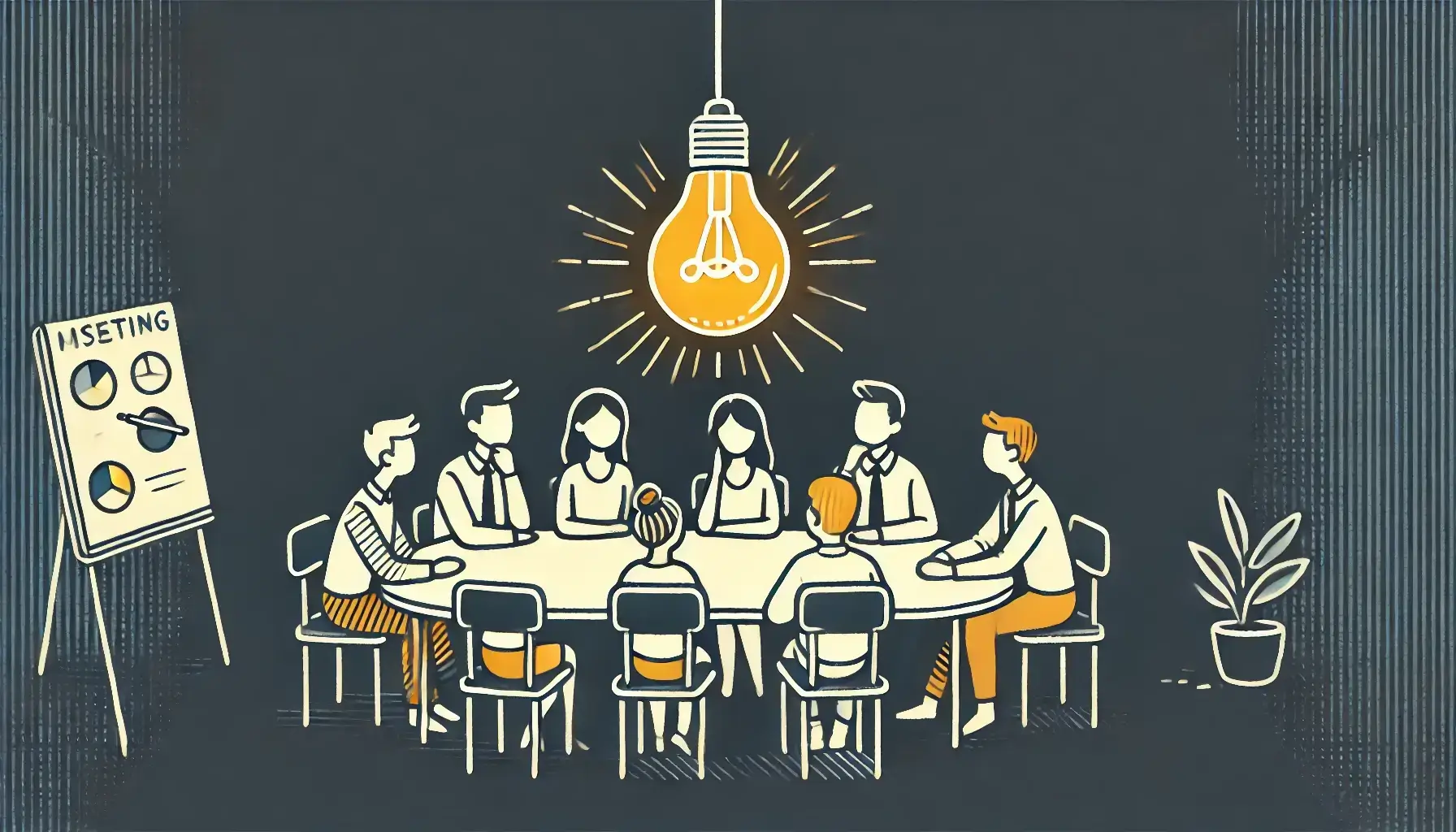
.png)
